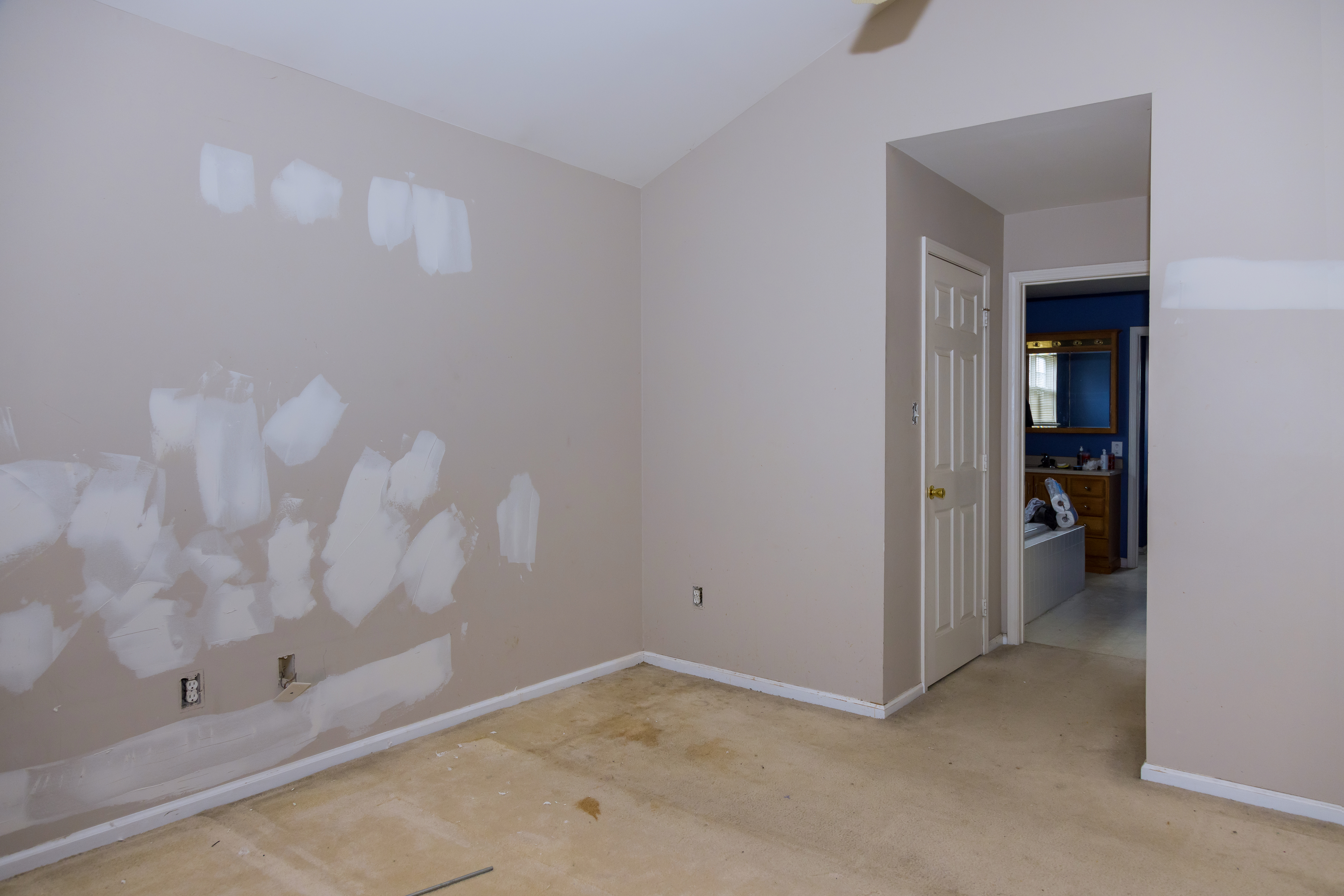Struggling with cracks in drywall? Here’s how to fix and prevent them
Cracks in drywall require different treatment than cracks in brick or block walls. Learn how to fix cracks in walls, apply solutions for cracked wall repair, and prevent damage with effective waterproofing solutions.
Winter brings more than just a drop in temperature—it also brings visible structural changes in homes. Among these, drywall cracks are one of the most common and concerning issues homeowners face. These cracks often become more noticeable during the colder months due to temperature fluctuations, moisture infiltration, and material expansion.
Why do cracks in walls appear?
- Construction methods –
Poor construction techniques, inadequate support, and improper material use can lead to weaknesses that result in cracks in drywall.
- Substandard materials –
Low-quality gypsum boards, adhesives, or poor finishing increase the likelihood of cracking over time.
- Structural load –
Drywalls are not designed to bear structural loads and usually serve decorative purposes. Any excessive pressure can cause stress fractures.
- Waterproofing issues -
Water infiltration weakens drywall, which is highly porous and absorbs moisture. This leads to deterioration and cracks in the walls.
- Hidden plumbing lines –
Pipes running behind the drywall can cause moisture buildup if there is a slight leak or condensation, accelerating damage and weakening the structure.
- Insufficient thickness –
Thin drywall sheets are more prone to bending, warping, and eventual cracking due to temperature changes.
Why do cracks become more visible in winter?
Common materials used in drywall construction
- Gypsum board –
Cost-effective and commonly used, but requires additional waterproofing.
- Fibreglass –
Costlier but provides improved resistance to moisture and cracking.
- Plaster of Paris (POP) panels –
Used for decorative ceilings but prone to cracking if exposed to excess moisture.
- Plyboard and compressed wood –
Stronger alternatives for partition walls with comparatively better load-bearing capacity.
How to fix cracks in walls: Best repair solutions
- Assessing the crack –
Before choosing a repair method, understanding whether the crack is cosmetic or structural is crucial.
- Identifying the cause –
Determining if the crack is due to temperature changes, moisture issues, or structural faults helps apply the right solution.
- Using a non-expanding membrane –
For minor cracked wall repair, a non-expanding membrane helps seal the gaps without causing further stress on the wall.
- Applying fillers –
Small cracks can be repaired using joint compound or specialised wall fillers to restore a smooth surface.
- PU foam for larger cracks –
Expanding polyurethane (PU) foam is ideal for sealing deep cracks and preventing moisture ingress.
- Priming and painting –
After sealing, applying a primer ensures adhesion, followed by paint to match the surrounding surface.
Effective waterproofing solutions for preventing cracks
- Membrane method –
Applying a waterproof membrane adds an extra protective layer, reducing moisture infiltration and preventing hairline cracks on the wall.
- Surface adhesive method –
Waterproof adhesives strengthen drywall joints and prevent water penetration.
- Admixture solutions –
While not commonly used in drywall, some advanced formulations can be applied to enhance water resistance.
Maintenance tips for drywall structures
- Use thicker waterproofing membranes –
This ensures greater protection against water absorption and structural weakening.
- Monitor mould growth –
Excess moisture can lead to mould, further weakening drywall and contributing to cracks in these walls.
- Scheduled inspections –
Checking for early signs of damage helps apply timely solutions.
An expert’s help is mandatory
Get Professional Waterproofing Solutions Today
Fill The Form below to took free site evaluation by Dr. fixit point safe painting service expert
Get Professional Waterproofing Solutions Today
Fill The Form below to took free site evaluation by Dr. fixit point safe painting service expert










